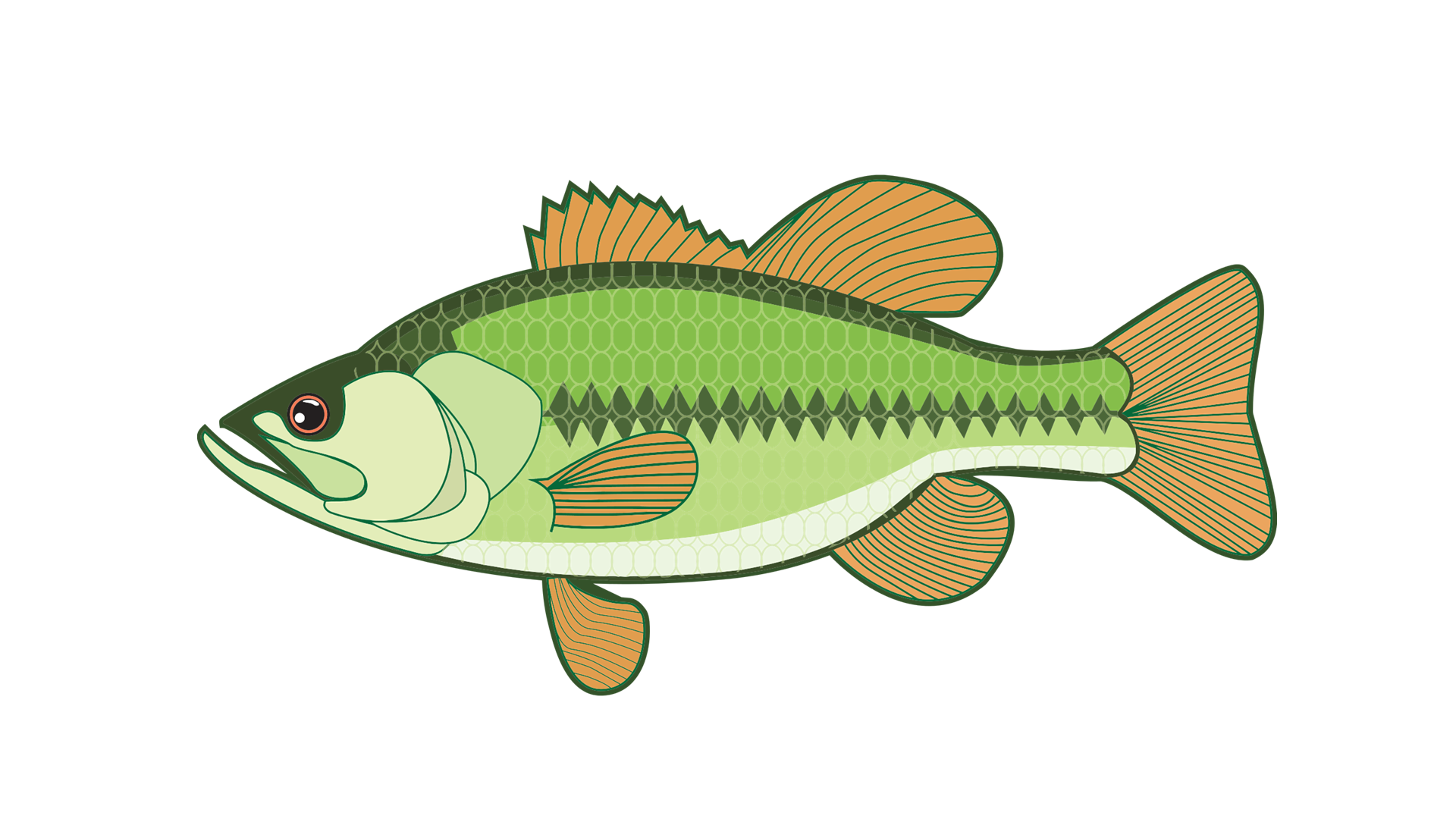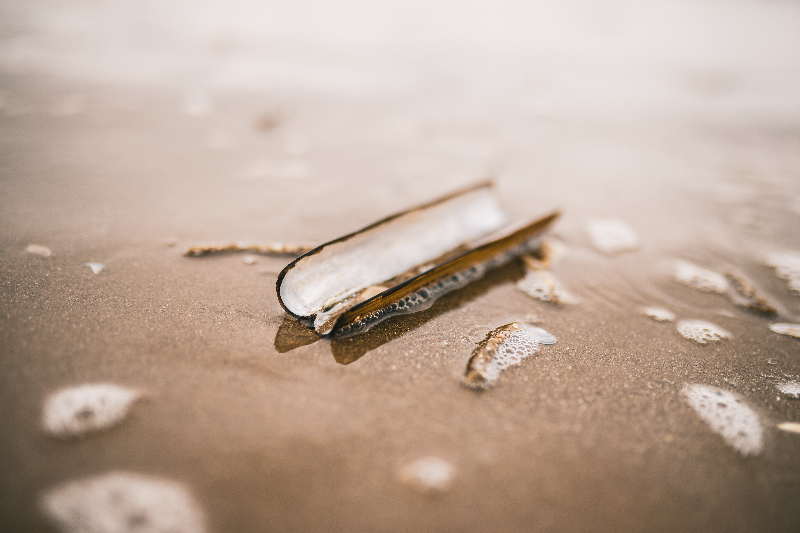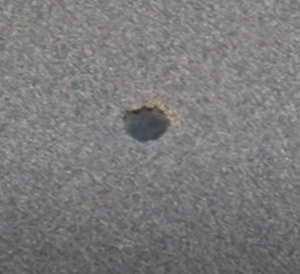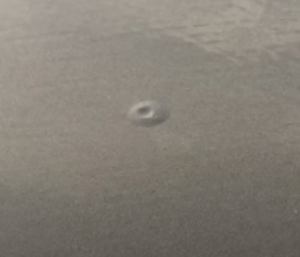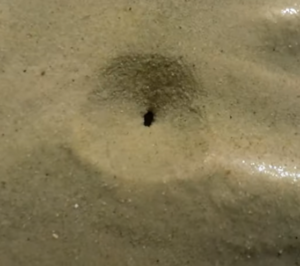Overview:
Harvesting wild clams is a great way to enjoy the outdoors while getting some sustenance out of it. This article will detail how you can dig for various clam species in the U.S., what the different species of clam are, and where you can find these species of clam. If you’re curious about going on your first clamming excursion, read along.
Different Clam Species:
There are a lot of different types of clams but this article will focus on 2 common categories of clams.
Hard Shell Clams
Manila clams, cockles, little neck clams and quahogs are all a part of this category of clam. Like the category implies, these clams’ shells are harder than their counterparts and have short siphons. The siphon of the clam is the part that filters the sea water and is used to feed.
The size of the clams range from about 1 to 5 inches in diameter.
Razor Clams
This category includes the Atlantic jackknife and Pacific razor clams. The two characteristics that separates this category from the hard shell clams are that 1, the shells are much softer, and 2, the siphon (and consequently the shell) is much longer with razor clams.
How to Dig for Clams:
The tools necessary for digging up clams are simple and you don’t need very much. The technique is also very simple but generally different for the hard shell clams than for the razor clams (generally).
Hard Shell Clams:
For the hard shell clams, they tend to be much shallower in the sand than the razor clams. The tools you’ll need are a small hand shovel and a hand rake. Both can be bought at Home Depot. To start, you basically go to a patch of rocks and sand that you think may have clams and start digging. The rake is used for rocks, and the shovel is used for removing sand.
The depth to dig for hard shell clams is roughly 5-10 inches. If you don’t find any within that depth, you can continue moving to a different area. It doesn’t have to be an entirely different area, just a foot or couple feet over. If you dig around a few patches in a specific area and don’t find any, then maybe it’s time to pick a new spot.
The only other equipment you will need is a way to measure the clams to make sure they are of legal size.
Here is a good introductory video to start learning about digging for these hard shell clams.
There aren’t any tell tale signs with hard shell clams that will signal to you that there are clams present. However, for razor clams, there are some things you can look for.
Razor Clams:
These clams leave marks or “shows” in the sand that you can look for to tell you where they are. These are dimples, doughnuts, and keyholes. A dimple is a depression in the sand. A doughnut is a depression in the sand with a raised outer ring (like a donut). And a keyhole is a hole in the sand. The diameter of these shows can be as large as a quarter.
Razor clams can be buried much deeper in the sand than their hard shell counterparts. They can dig to depths of 4 feet. Keeping that in mind, the tools you’ll use will be different. A clam shovel or a clam gun is recommended. Also, you can get a bag to hold your clams in as well.
The clam gun is used to place over the show and pushed down to remove a cylinder of sand, sometimes with the clam in it. There’s a vent that you can plug with a finger that creates a vacuum so that when you pull up the clam gun, the sand comes with it. Remove the finger to release the sand and to remove the vacuum.
The shovel is used like, well, a shovel. Just be sure you don’t damage or kill the clam in the process. It is best to start digging around the clam show with a 4 to 6 inch offset. It’s hard to determine how deep the clam is though so it might take feeling around with your hand to see if you can find it.
Here’s a really popular video of someone harvesting razor clams:
Where to Find Clams:
All along the eastern seaboard of the U.S., you can find the hard shell clams. Similarly, the west coast usually has all of the razor clams. Check with your local department of fish and wildlife for more information.
Rules, Regulations, and Best Practices:
There are limits per person for how many clams you can harvest. The rules differ for the species of clam you are harvesting as well as for the state you are harvesting them from.
You also need a license to harvest them and depending on where you live, the costs may vary.
Before you go digging for clams, you would want to check if there is any type of biotoxin warning for harvesting bivalves in your region. If there is, eating the bivalves can be harmful to humans so do your due diligence. In California, there is a hotline that you can call to check for this.
Finally, after you dig up the clams, whether the hole or patch of rocks were 1 inch or 4 feet deep, it’s best to cover the holes back up so that the area is left as undisturbed as possible. This promotes the repopulation of clams.
All the specific information can be found from your local fish and wildlife department. Here are some links for each state:
